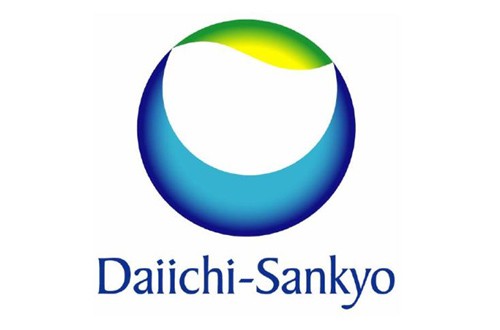
Daiichi Sankyo is celebrating positive phase III results for its new anticoagulant edoxaban that put the product firmly on course for regulatory filings early next year.
The once-daily, oral Factor Xa inhibitor was shown to be non-inferior to injectable warfarin for treatment and prevention of recurrent symptomatic venous thromboembolism (VTE) in the phase III trial, which was reported at the European Society of Cardiology (ESC) meeting over the weekend.
Importantly edoxaban also outperformed warfarin on the principal safety measure in the study and was significantly less likely to cause clinically-relevant bleeding.
The results – which have simultaneously been published in the New England Journal of Medicine – set Daiichi Sankyo on track to file for approval of edoxaban in VTE by the first quarter of 2014 in the US, Europe and Japan, according to the company’s global R&D head Glenn Gormley.
Edoxaban was first approved in Japan in 2011 under the Lixiana brand name for the prevention of VTE in patients undergoing orthopaedic surgeries, and is also in a phase III trial involving atrial fibrillation (AF) patients, with results due later this year.
The results of the phase III Hokusai-VTE study are largely in line with trials of other Factor Xa inhibitors in this setting, notably Pfizer and Bristol-Myers Squibb’s twice-daily Eliquis (apixaban) and Bayer’s once-daily Xarelto (rivaroxaban), as well as rival drug Pradaxa (dabigatran) from Boehringer Ingelheim which acts as a direct thrombin inhibitor and is given twice a day.
All these drugs have been tipped as potential replacements for warfarin and, with their oral dosing and the fact that they do not require such close dose titration and monitoring making them suitable for out-of-hospital use, could open up a multi-billion dollar market.
Edoxaban will come to the party a little later than its competitors so may struggle to make headway against the established brands. It has, however, been tipped as a $5bn product at peak by some analysts if it can perform as well as expected in the AF setting, proving superior to warfarin in reducing both stroke and systemic embolism and reducing bleeding complications.




